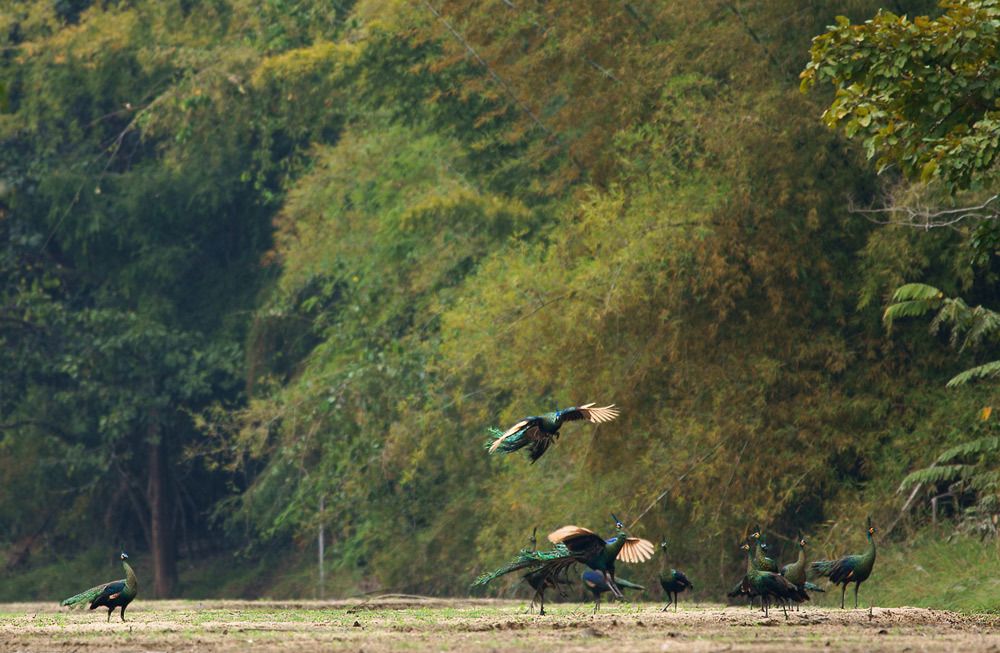But in a previous post you made this statement. So you have me confused. Sometimes I've failed to take worming as seriously as I should - I'll forget all about it and every once in a while and a bird will falter. That's about the time the horse wormer paste is made ready. The birds go into a large dogcrate -Ultrakibble is a complete diet in every bite. I'm completely baffled how that is somehow repeatedly trounced over.
Everything the bird actually requires in its diet is realised with a teaspoon of kibble. Everything else (whole grain) is a healthy filler for satiation.
It costs close to 40% less to feed your birds in this method. It's a sustainable solution for those resolved to end the cycle of disease and infection.
Wild birds raised as domestics are very often carriers to infectious disease. This happens all too often with the sale of peafowl and gamebirds. The well meaning traditionalist inadvertently creates a disease vector ( generally in the enclosures and within the airs sacs) that is then passed on to the new steward's facilities.
The disease vector is poultry smut something I've been obliged to repeat I don't know how many times. Poultry smut (once again) is the combination of the powdery residue of pellets/mashes/crumbles -their fines;the disintegrated particulate matter of those same feedstuffs that have mixed into the substrate of the enclosure and poultry yard- especially during months when birds are somewhat crowded together- young and old alike- the substrate within the enclosure becomes sour with decaying feedstuffs- this in turn mixes with fecal material -now the bacteria is really growing- then there's the perpetual issue of feather dander. It's constantly being shed by every single bird in your collection. That mixes into the same tasty bacteria laden dirt and this becomes airborne as the birds dig and scratch and take dustbaths in it.
The dusty bacteria laden contaminated feed feather dander poultry smut eventually covers every surface of your facilities.
Every tiny lacing of netting, every wall, every perch- and naturally the birds are covered in it. They preen it repeatedly through their feathers where they inhale the finest particulates as they groom their plumage and skin.

To be absolutely unambiguously transparent,I haven't dewormed or medicated a single bird on one of my facilities in over a decade. I know plenty that have been obliged to even those under my consultation. I utilise different protocols, preventative measures and optimal nutrition. You can't separate nutrition from health. Enough said.
edited by staff
Last edited:


